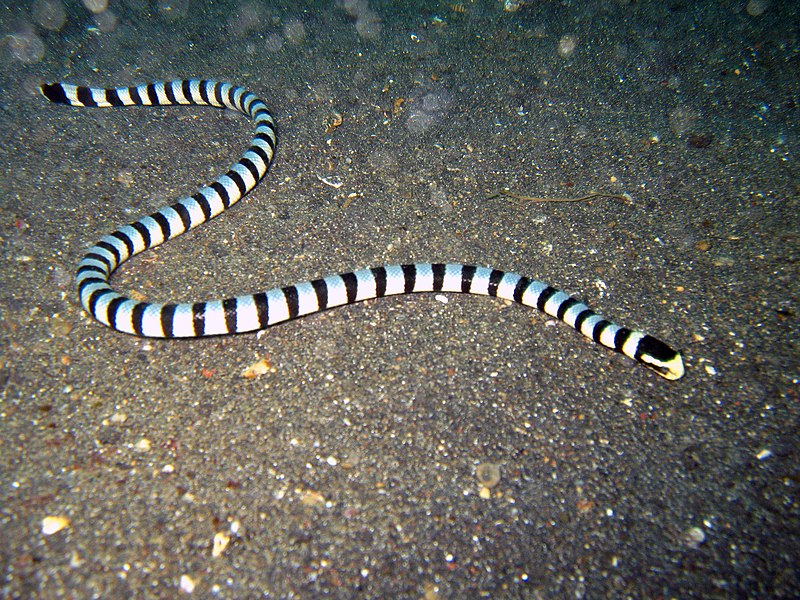(the rest of this guide assumes a Unix-like environment)
One solution would involve stamping out meta.go, and everything that may rely on it.
A most likely simpler solution involves locally building sqlite to include this functionality. To do this in a minimum number of steps, download the 'sqlite-autoconf' tarball from
`CFLAGS="-DSQLITE_ENABLE_COLUMN_METADATA" ./configure`
At this point, the typical `make && make install` process should work as expected to produce the needed library. Since this build of sqlite probably ended up in /usr/local, you'll, at a minimum, need to set cgo's linker environment variable:
`export CGO_LDFLAGS="-L/usr/local/lib -lsqlite3"`
After doing so, rerun the `go get` or `go install` command that had previously failed: hopefully it will now build without error.

